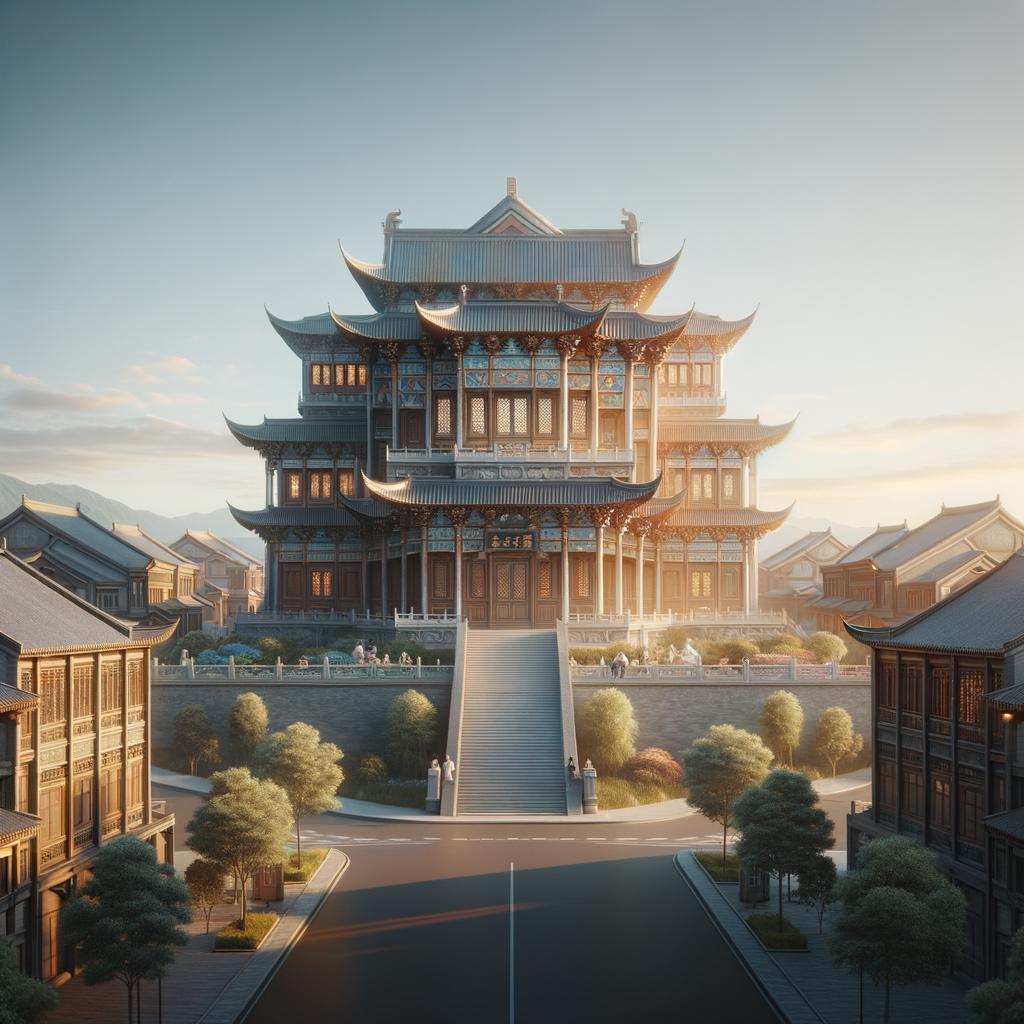How to Experience the Lytton Chinese History Museum
Posted on July 6, 2025 • 4 minutes • 714 words
Table of contents
Visiting the Lytton Chinese History Museum offers a unique opportunity to explore the rich cultural heritage and historical significance of the Chinese community in Lytton, British Columbia. This museum stands as a bridge between the past and present, showcasing artifacts, stories, and experiences that highlight the contributions of Chinese immigrants to the region. Whether you are a history enthusiast, a cultural explorer, or simply looking for an engaging family outing, this museum promises an enriching experience. Here’s how to make the most of your visit to the Lytton Chinese History Museum.
Understanding the Museum’s Significance
The Lytton Chinese History Museum is more than just a collection of artifacts; it represents the resilience and history of the Chinese community in Canada. Established to preserve the narratives of early Chinese settlers, the museum highlights their struggles, achievements, and the integration of their culture into the local community. Understanding this significance can enhance your appreciation of the exhibits and the stories they tell.
Planning Your Visit
Before heading to the museum, it is beneficial to check the visiting hours and any special events or exhibitions. The museum often hosts workshops, cultural events, and guided tours that can provide deeper insights into the exhibits. Arriving early in the day can help you avoid crowds and give you ample time to explore the galleries at your own pace.
Exploring the Exhibits
The museum features a range of exhibits that showcase various aspects of Chinese culture and history. From traditional artifacts and photographs to interactive displays, each section tells a story. Take your time to read the descriptions and engage with the materials. Look out for:
Cultural Artifacts: These items provide a glimpse into the daily lives, traditions, and practices of Chinese immigrants. Items such as tools, clothing, and household goods are displayed to illustrate their historical context.
Photographic Displays: Historical photographs capture significant events and individuals who shaped the Chinese community in Lytton. These images often evoke powerful emotions and offer a visual narrative of the past.
Interactive Stations: Some exhibits may include interactive elements, allowing visitors to engage more deeply with the content. These stations can enhance your understanding of Chinese culture through hands-on experiences.
Participating in Guided Tours
Consider joining a guided tour if available. Knowledgeable guides can provide valuable insights and anecdotes that enhance your understanding of the exhibits. They often share stories that are not found in written descriptions, making the experience more personal and memorable. Ask questions during the tour to gain a deeper understanding of specific topics that interest you.
Engaging with Special Events
Keep an eye out for special events hosted by the museum. Cultural festivals, workshops, and speaker series can provide a unique opportunity to immerse yourself in Chinese traditions and learn from experts. Participating in these events will offer a richer experience and allow you to connect with the local community.
Visiting the Museum Store
After exploring the exhibits, make sure to visit the museum store. Here, you can find unique souvenirs, books, and cultural items that reflect the themes explored in the museum. Purchasing items from the store supports the museum and helps sustain its mission to promote Chinese history and culture.
Taking Time to Reflect
As you conclude your visit, take a moment to reflect on what you have learned. The Lytton Chinese History Museum is not just a place to observe; it encourages visitors to think about the broader implications of history and culture. Consider how the stories of resilience and adaptation resonate with contemporary issues of multiculturalism and integration.
Preparing for Your Next Visit
If you enjoyed your experience, consider returning for future exhibitions or events. The museum often updates its displays and hosts new programs throughout the year, making each visit unique. Engaging with the museum’s community can deepen your appreciation for the ongoing legacy of the Chinese community in Lytton.
Conclusion
A trip to the Lytton Chinese History Museum offers a profound understanding of the cultural and historical contributions of the Chinese community. By planning your visit thoughtfully, engaging with the exhibits, and participating in events, you can create a memorable experience that honors the past while celebrating the present. Whether you are a local resident or a traveler, this museum is a must-visit destination that enriches your knowledge of Canadian history and multiculturalism.



